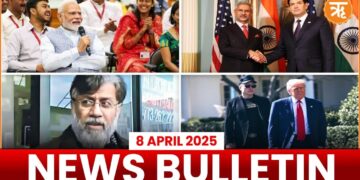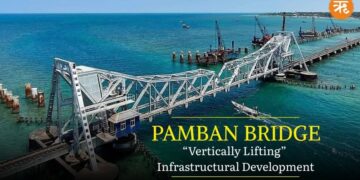In just 15 days, Bangladesh PM Sheikh Hasina is set to embark on her second visit to India to hold talks with PM Narendra Modi before the former departs for China in July as part of the delicate balancing of Dhaka’s relations with the two South Asian giants. The upcoming visit by the Bangladeshi PM, which comes less than a fortnight after attending the inauguration of PM Modi’s third term, reflects the strength of bilateral ties and aligns with India’s “Neighbourhood First” policy.
During the one-day-long meeting between the two counterparts, PM Modi and his Bangladeshi counterpart are expected to review the overall bilateral relationship and various initiatives undertaken by both countries.
A number of crucial issues are also expected to be discussed in the meeting, such as the renewal of the Ganges Water Sharing Treaty, which was signed in December 1996 and is valid for 30 years, and Dhaka’s request for assured supplies of food items. Significantly, another key issue would be Bangladesh’s plans to develop its section of the cross-border Teesta River, regarding which China has approached Dhaka to take up the development work, however, India has expressed concerns.
Another key issue on the desk is to review the security situation in Myanmar where troops have suffered a series of humiliating defeats in the face of anti-junta resistance forces. It is also expected that India may offer Bangladesh fresh loans under a new framework as the implementation of the projects under the existing loan program is proving difficult due to some strict loan conditions. Although the signing of any new loan agreement is unlikely during Hasina’s visit, an announcement to this effect may come in a joint communique.
This will be Hasina’s first stand-alone bilateral visit to India since she began her fifth term following Bangladesh’s general election in January. PM Hasina was among the leaders of seven countries from the neighborhood and the Indian Ocean region, who were invited to Modi’s swearing-in ceremony. Though PM Modi held brief meetings with all seven leaders after the ceremony, there were no substantive discussions.
















Comments